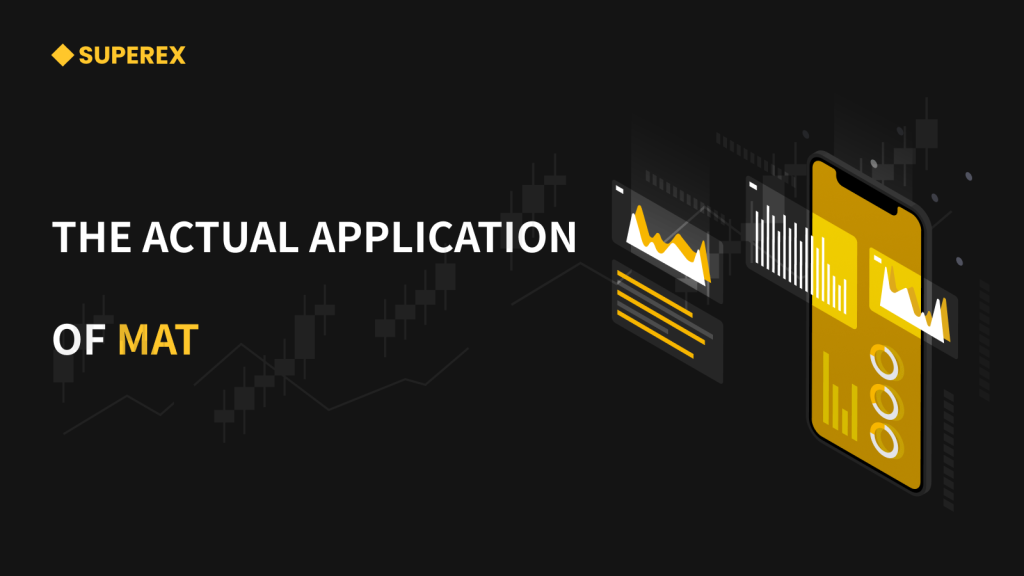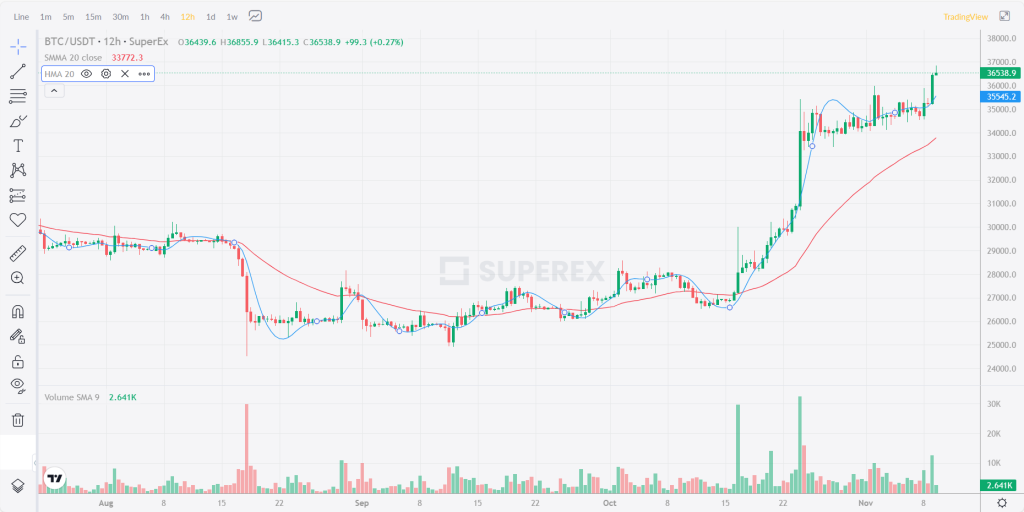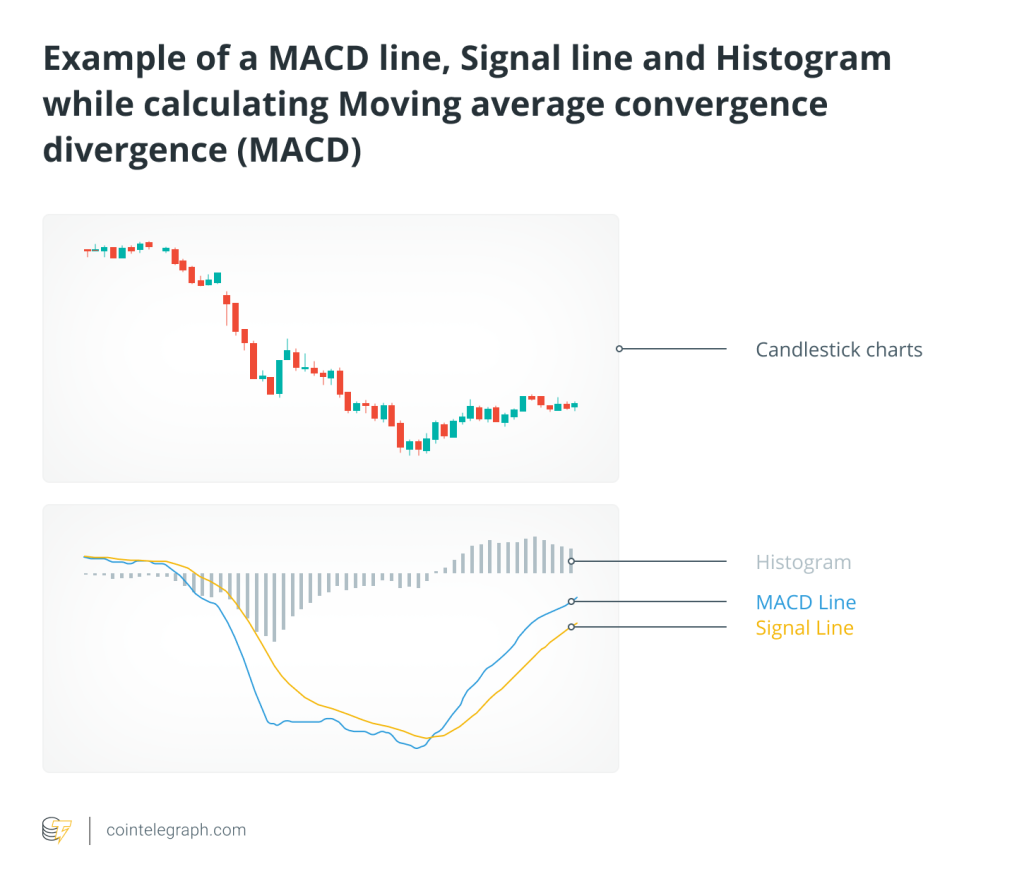LEARN MOVING AVERAGE ADAPTIVE(MAA)IN 3 MINUTES – BLOCKCHAIN 101

In the realm of technical analysis, moving averages (MAs) are indispensable tools, widely used to smooth out price data and help traders identify trends. However, traditional moving averages, such as the Simple Moving Average (SMA) and Exponential Moving Average (EMA), often fall short in volatile or non-trending markets, either lagging too far behind price or reacting too slowly to changes. The Moving Average Adaptive (MAA), on the other hand, offers a solution by dynamically adjusting itself based on market conditions.
Developed to provide more accurate reflections of price movements, the MAA adapts to the market’s volatility and momentum. This allows it to quickly adjust during high volatility and slow down during quieter periods. Let’s explore its mechanics and how it can enhance your trading strategy.

How the Moving Average Adaptive (MAA) Works
The core innovation of the MAA lies in its ability to change its sensitivity to market conditions. Unlike SMAs or EMAs that calculate averages over a fixed time period, the MAA uses a flexible formula that adjusts based on volatility or price momentum. Specifically, it looks at how fast the price is changing and adapts its length to become more or less responsive accordingly.
- Price Momentum: In periods of strong price movements, the MAA tightens and follows the price more closely, capturing shifts in trends more quickly than a traditional moving average.
- Market Quietness: During sideways or low-volatility periods, the MAA extends its period, smoothing out market noise and reducing the likelihood of false signals.
This adaptive mechanism ensures that the MAA is more reliable during trending markets while also minimizing unnecessary trades during choppy conditions.
Calculation of the MAA
The MAA uses a volatility-based algorithm, often incorporating methods like the Efficiency Ratio (ER), which measures the strength of a trend by comparing price direction to overall price fluctuations. This allows the MAA to shift dynamically in response to real-time data, enhancing its flexibility in both trending and ranging markets.
For example:
- In a strong uptrend, the MAA will shorten its length, staying closer to price action and allowing traders to react quicker to pullbacks.
- In a ranging market, it will stretch out, smoothing out fluctuations and providing a clearer overall trend direction.
Key Advantages of MAA
- Adaptability:Unlike traditional MAs that use fixed periods, the MAA adjusts based on volatility, making it more effective in both trending and ranging markets.
- Faster Response: The MAA can quickly adjust to new market conditions, offering quicker signals during strong trends and reducing the lag associated with traditional moving averages.
- Noise Reduction:By extending its period during choppy markets, the MAA filters out short-term price fluctuations, minimizing the risk of false breakouts and whipsaws.
- Trend Strength Indicator:The adaptive nature of the MAA also allows it to act as a gauge for trend strength, providing a visual confirmation of when markets are trending strongly or losing momentum.
How to Use the MAA in Trading
There are several ways to incorporate the MAA into your trading strategy:
- Trend Identification: The MAA is often used to identify the prevailing trend. If the price is trading above the MAA, it’s generally considered an uptrend, and if below, a downtrend. This makes it a powerful tool for trend-following traders.
- Crossover Strategy: Like other moving averages, the MAA can be used in crossover strategies. When the price crosses above the MAA, it can signal a potential buying opportunity. Conversely, when the price crosses below, it may indicate a selling opportunity. Pairing the MAA with another moving average (e.g., a short-term SMA or EMA) can help confirm these signals.
- Exit and Re-Entry Points: Because the MAA reacts quickly to volatility, it’s particularly useful for timing exits in strong trending markets and re-entering positions after corrections or consolidations.
- Divergence: Some traders use the MAA to spot divergence between price and the indicator, which could suggest a potential trend reversal. If the price is making new highs while the MAA is lagging behind, it could signal weakening momentum.
MAA vs Traditional Moving Averages
Compared to the traditional SMA or EMA, the MAA has a distinct advantage in volatile markets. Traditional moving averages tend to lag during periods of rapid price movement or generate false signals during sideways markets. The MAA mitigates these issues by adjusting to the current market volatility, providing more timely signals for entries and exits.
However, it’s important to note that while the MAA offers greater adaptability, it may not always be necessary in markets with steady, long-term trends where simpler moving averages can suffice. Traders should evaluate the market conditions before relying solely on the MAA.
Combining MAA with Other Indicators
To enhance the effectiveness of the MAA, many traders combine it with other technical indicators:
Relative Strength Index (RSI): The MAA works well with the RSI to confirm overbought or oversold conditions. When the MAA signals a trend change and the RSI shows overbought or oversold levels, this can reinforce the trading signal.
Moving Average Convergence Divergence (MACD): Pairing the MAA with the MACD can provide stronger confirmation for trend reversals, especially when the MACD histogram aligns with the MAA’s trend signals.
Final Thoughts
The Moving Average Adaptive (MAA) is a powerful tool in a trader’s arsenal, particularly for those looking to navigate volatile markets with greater precision. Its ability to adjust dynamically to market conditions makes it superior to static moving averages in fast-moving or choppy environments. When used correctly, the MAA can provide timely entry and exit points, enhance trend analysis, and reduce the noise that often misleads traders using traditional moving averages.







Responses